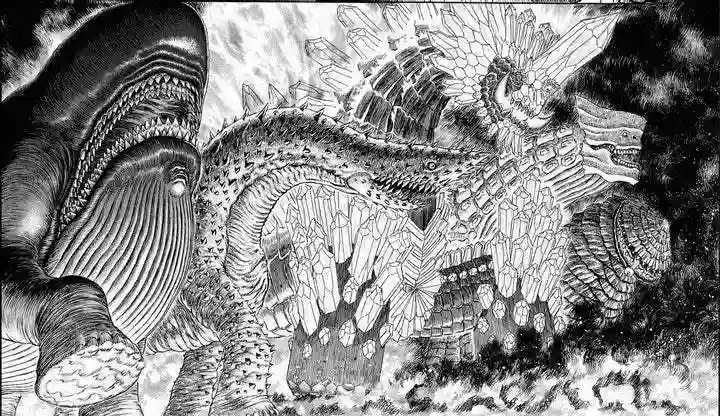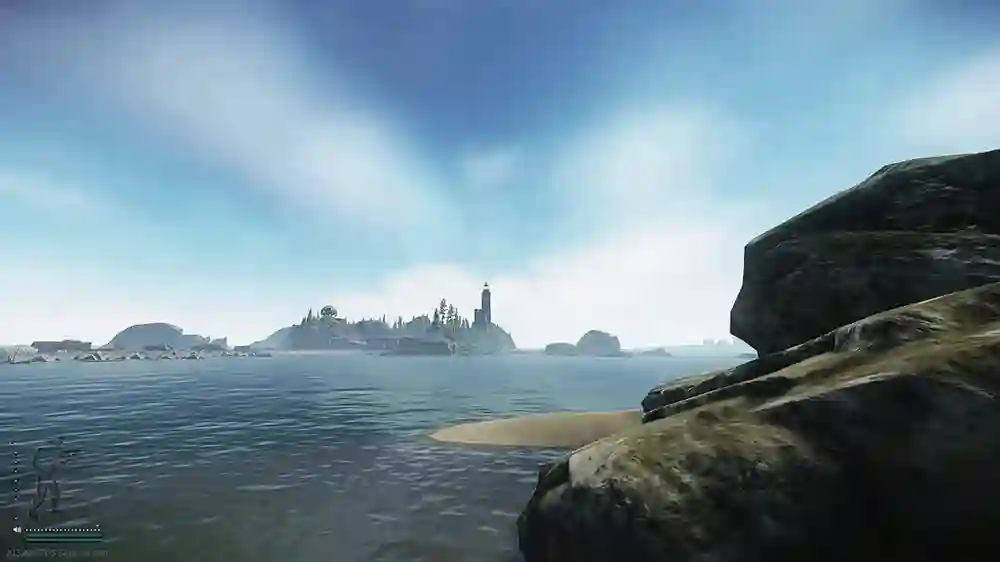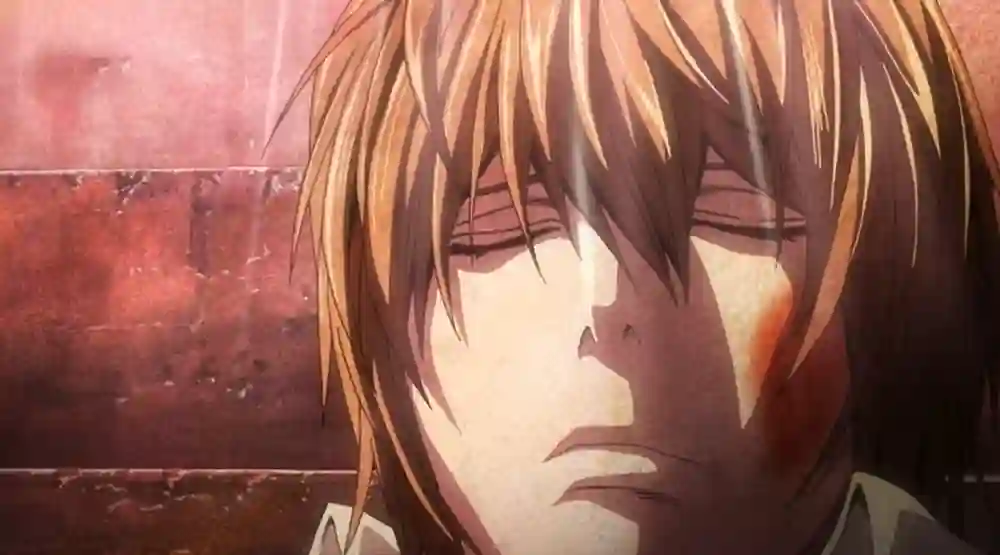The Tragic Beauty of Berserk’s Visual Storytelling

Kentaro Miura’s “Berserk” is renowned for its profound and harrowing narrative, but it is equally celebrated for its visually stunning and evocative artwork. With meticulous attention to detail and a penchant for creating dark and atmospheric imagery, Miura’s visual storytelling in “Berserk” transcends the boundaries of traditional manga. In this article, we will delve into the tragic beauty of “Berserk’s” visual storytelling, exploring the ways in which Miura’s art elevates the series to a realm of unparalleled aesthetic depth.
A Dark and Foreboding World
From the very first page, readers are immersed in a world of darkness and despair. Miura’s mastery of chiaroscuro, the interplay of light and shadow, creates an atmosphere of perpetual gloom that hangs over the narrative. The landscapes are hauntingly rendered, with towering castles, dense forests, and sprawling medieval cities. The world of “Berserk” is not one of vibrant colors and picturesque landscapes; it is a world defined by shadows and looming dread.
Miura’s ability to convey the eerie and unsettling ambiance of the setting contributes significantly to the series’ tragic beauty. The bleak and foreboding landscapes mirror the moral complexities of the characters’ journeys, where darkness and violence are ever-present, and hope often feels like a distant memory.
Character Design and Expression
Miura’s character designs are a testament to his artistic prowess and his keen understanding of human emotion. Each character is meticulously crafted, with distinctive features and expressions that convey their individual personalities and inner struggles.
Guts, the series’ brooding and relentless protagonist, is a prime example of Miura’s character design excellence. His towering stature, intricate battle-worn armor, and the ever-present scar on his nose serve as visual representations of his tragic past and unwavering determination. Guts’ expressions range from stoic resolve to moments of vulnerability, allowing readers to empathize with his complex emotions.
The tragic beauty of “Berserk’s” character design lies in the juxtaposition of outward strength and inner turmoil. Characters like Griffith and Casca are similarly brought to life with exquisite detail, their visual representations serving as windows into their multifaceted personalities and the moral dilemmas they face.
Battle Scenes and Action Sequences
One of the most iconic aspects of “Berserk” is its visceral and intense battle scenes. Miura’s skill in depicting combat is nothing short of masterful. The pages come alive with dynamic action sequences that convey the brutality and chaos of battle. Each swing of Guts’ massive sword, the Dragon Slayer, is rendered with a sense of weight and impact that immerses readers in the heart-pounding intensity of the fight.
The tragic beauty of these battle scenes lies in the juxtaposition of incredible skill and overwhelming odds. Guts frequently finds himself facing insurmountable challenges, battling hordes of demonic creatures and formidable adversaries. Miura’s art captures the desperation and ferocity of these encounters, making the victories all the more triumphant and the losses all the more heart-wrenching.
Symbolism and Metaphor
Miura’s use of symbolism and metaphor further enriches the visual storytelling of “Berserk.” The series is rife with recurring motifs and symbols that carry deep narrative significance. The Behelit, a grotesque and mysterious artifact, is one such symbol that serves as a harbinger of doom and transformation. Its eerie design and the visceral impact of its activation add layers of complexity to the story’s visual elements.
The Brand of Sacrifice, a cursed symbol that marks Guts and other sacrifices, is another powerful symbol within the series. Its presence on characters’ bodies and the relentless pursuit of demonic entities add a layer of tragic beauty to their struggles. The juxtaposition of the Brand with Guts’ relentless determination to protect his loved ones creates a visual and emotional tension that permeates the narrative.
The Eclipse, a pivotal and nightmarish event in “Berserk,” is replete with symbolic and metaphorical imagery. The grotesque and surreal nature of the event serves as a visual representation of the characters’ descent into darkness and despair. Miura’s art captures the horror and tragedy of the Eclipse with visceral and haunting imagery that lingers in the minds of readers.
The Passage of Time
One of the unique aspects of “Berserk” is its exploration of the passage of time. The series spans several years, allowing Miura to depict characters’ growth and transformation. This narrative choice is reflected in the art, as characters’ appearances evolve, and the world itself undergoes changes.
The tragic beauty of this artistic choice lies in its ability to convey the impermanence of life and the inevitability of change. Readers witness characters age, scars accumulate, and the world shift in subtle but profound ways. It serves as a poignant reminder that even in the midst of darkness and tragedy, life continues to move forward.
Conclusion
Kentaro Miura’s “Berserk” stands as a testament to the power of visual storytelling within the medium of manga. The tragic beauty of the series lies in Miura’s meticulous attention to detail, his ability to convey complex emotions through character design and expression, and his mastery of action sequences and symbolism.
The world of “Berserk” is one of relentless darkness and moral ambiguity, where beauty emerges from the depths of despair. Miura’s art captures the tragic beauty of this world with a level of artistry and depth that elevates “Berserk” to the status of a masterpiece. It is a testament to the enduring impact of visual storytelling and the profound emotional resonance it can achieve.







